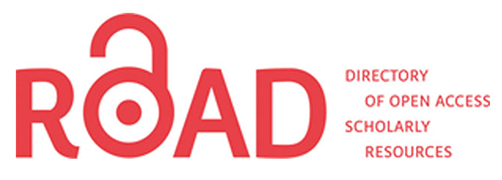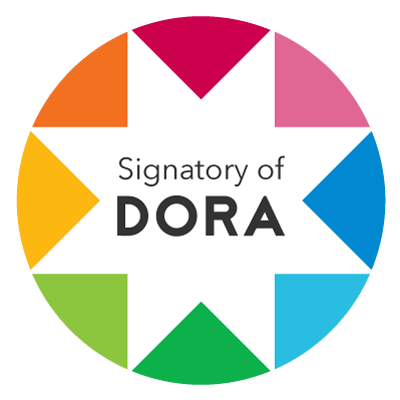The Poster Is. an Approximation from the Idea of Device
DOI:
https://doi.org/10.24215/24691488e042Keywords:
Poster, sticker, deviceAbstract
In this paper we intend to explore the singularities of the artistic poster from an approach at its multiple dimensions as a visualization device. Analyzing the spatial, temporal, relational and semiotic characteristics of the poster allow us to feature answers to the question concerning the artistic value of these graphic productions. Then, we will consider the case of La vida es (2018) by Ilusión Gráfica, an art collective from La Plata, presented at the exhibition “A museum as an eternal novel” that took place at the UNLP Art Center, during June and July 2018.Downloads
References
Buján, F. & San Martín, P. S. (2013). La formación superior en artes mediatizada por dispositivos hipermediales dinámicos. Palíndromo, 5 (10), 67-87. Recuperado de: http://www.revistas.udesc.br/index.php/palindromo/article/view/4225/2985
Centro de Arte de la UNLP. (2018). Un museo como una novela eterna [Catálogo]. Recuperado de https://www.centrodearte.unlp.edu.ar/wp-content/uploads/2019/03/Un-Museo-como-una-Novela-Eterna.pdf
Deleuze, G. (1990). ¿Qué es un dispositivo? En AA. VV. Michel Foucault, filósofo (pp. 155-163). Barcelona, España: Gedisa.
Ferreiro, J. (2018). Un museo como una novela eterna [Texto curatorial]. Recuperado de https://www.centrodearte.unlp.edu.ar/un-museo-como-una-novela-eterna/
Grüner, E. (2000). El arte, o la otra comunicación. En Argentina. 7.º Bienal de La Habana (pp. 1-3). Ciudad Autónoma de Buenos Aires, Argentina: Ministerio de Relaciones Exteriores, Comercio Internacional y Culto. Programa de Naciones Unidas para el Desarrollo.
Ilusión Gráfica. (2017). La vida es [Registro fotográfico]. Recuperado de https://www.instagram.com/p/BQN-jaBlPMf/
Meunier, J. P. (1999). Dispositivo y teorías de la comunicación: dos conceptos en relación de codeterminación. Recuperado de https://comycult.files.wordpress.com/2009/03/meunier.doc
Downloads
Published
How to Cite
Issue
Section
License
The acceptance of the manuscript by the magazine means the non-exclusive cession of the property rights of the authors in favour of the editor, who allows the reuse, after publication (post print), under a license Attribution-NonCommercial-NoDerivatives 4.0 International. According to these terms, the material can be copied and redistributed by any means or in any format as long as a) the author and original source of the publication are quoted (magazine and URL of the work), access to the license is provided and whether changes have been made is mentioned; and b) the material is not used for commercial purposes.
The cession of non-exclusive rights means that after the publication (post print) in Arte e Investigación the authors can publish their work in any language, means and format; in such cases it must be mentioned that the material was originally published in this magazine. Such cession also means the authorization of the authors for the work to be collected by SEDICI, the institutional archive of the National University of La Plata, and to be spread in the databases that the editorial team considers appropriate to increase the visibility of the publication and its authors.
Moreover, the magazine encourages the authors to deposit their productions in other institutional and thematic archives under the principle that offering the society the scientific and academic production without any restrictions contributes to a greater exchange of the global knowledge.


































